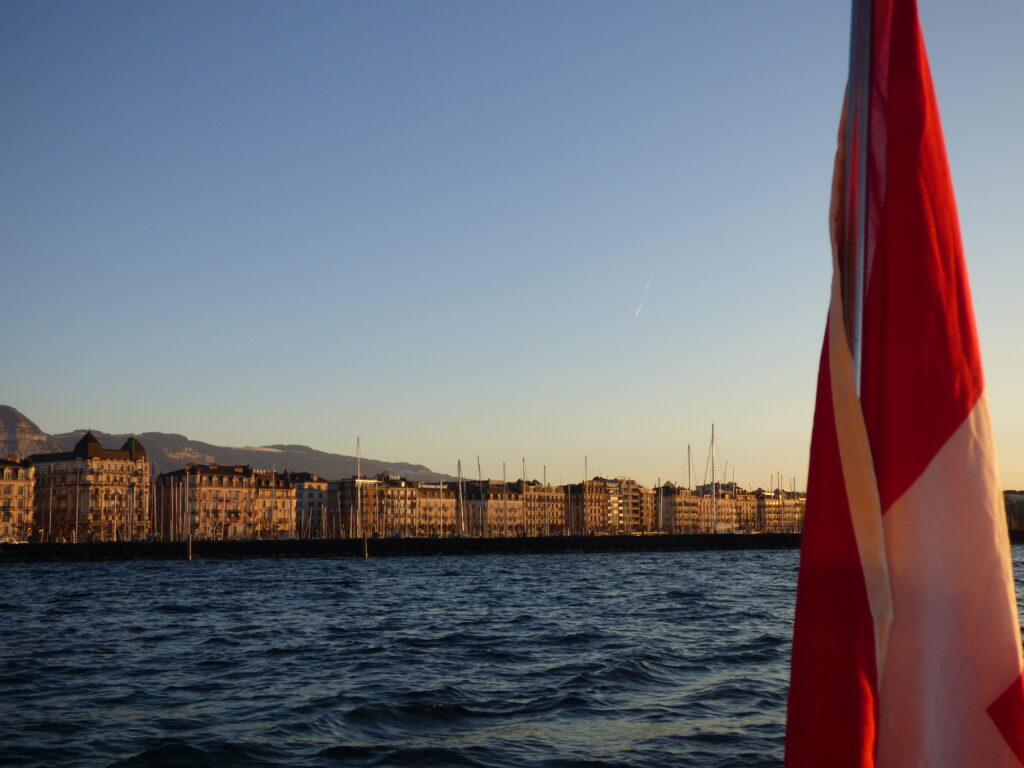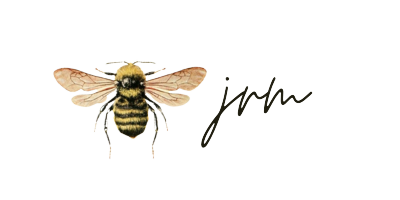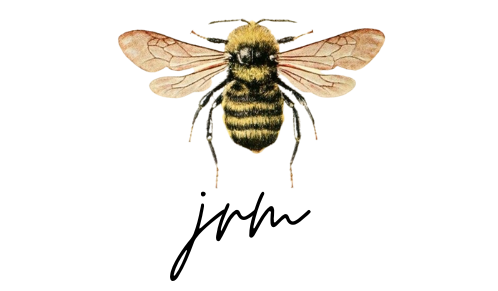For today’s post, we’re going to travel back to the past. There were a few places that I didn’t get around to writing about last year. Quite a few actually! Some drafting was done but they didn’t quite make it to the “done” pile.
So to set the scene: S came to visit me at the end of February, beginning of March (2024), and we spent two weeks split across Paris (which I have already written about here), and then went on to Switzerland. It is here that we pick up the story again.
(I wrote this not too long after, but then completely forgot about it until I went looking for “notes” that turned out to be this full draft! Just here casually losing and forgetting full bodies of work!)
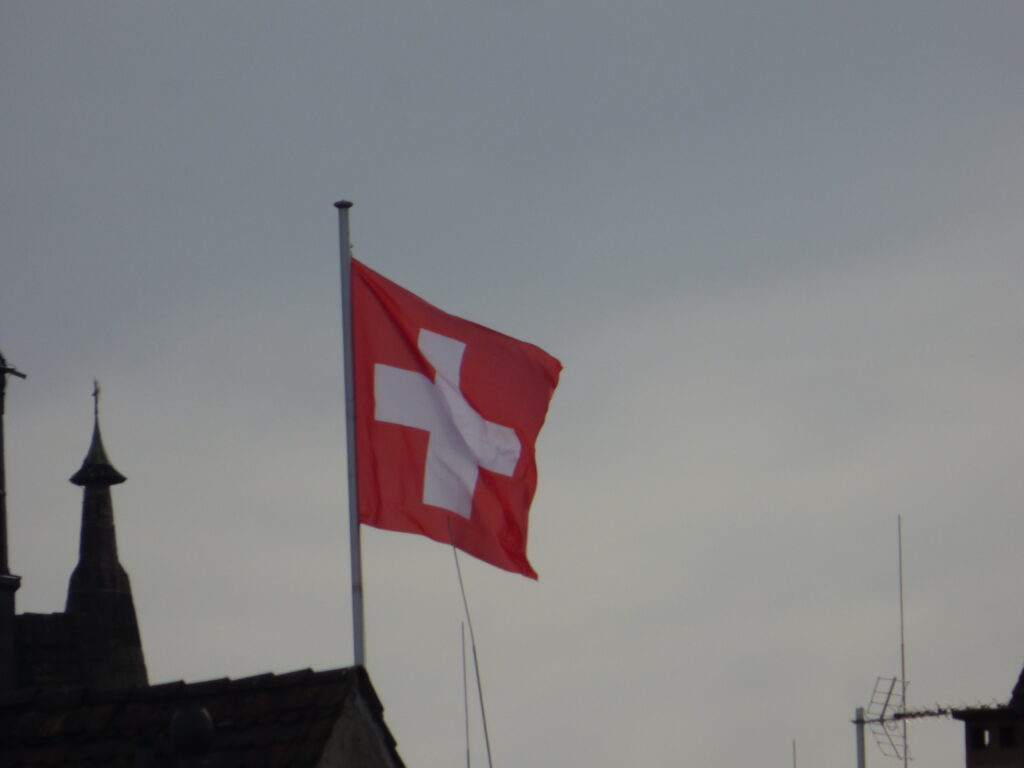
Basel
After Paris, we made our way to Switzerland, starting in Basel.
Basel is tucked in the top left corner of Switzerland, with France nearby on the western border, and Germany to the north. The trams cross the boarders seamlessly. Swiss-German and French are mainly spoken, though we found English easy to use in the area. I did tend to use French before English because it felt more appropriate, which was a little funny to me. I am not comfortable in French – but in the absence of knowing any kind of German, it felt necessary to make something of an effort?
English, interestingly, is not one of the four official languages in Switzerland. They speak Swiss-German, with German writing as there is no direct written equivalent – absolutely wild to me! Otherwise they speak and write French, Italian, or Romansh (with many local dialect variants – cannot really comprehend the mysteries of this little language). Where we were, it was primarily Swiss-German or French, no Italian to be seen (geographically logical).
Walking along the Rhein
The Rhein is the river that flows through the top of the country, and, except for a strange area around Basel, where the river flows directly through the town, it demarcates the German-Swiss border. My primary rivers over the five months prior had been the Seine and the Iton, neither of which bring the word ‘clean’ to mind. The Rhein, however, is pristine. It’s actually a beautiful green-blue instead of brown. Looking across the river, you can see a delightful array of architecture. Houses sharing a roof and yet not the same at all – different tiling, different paint jobs, different window styles, and wire workings… I enjoyed it very much.
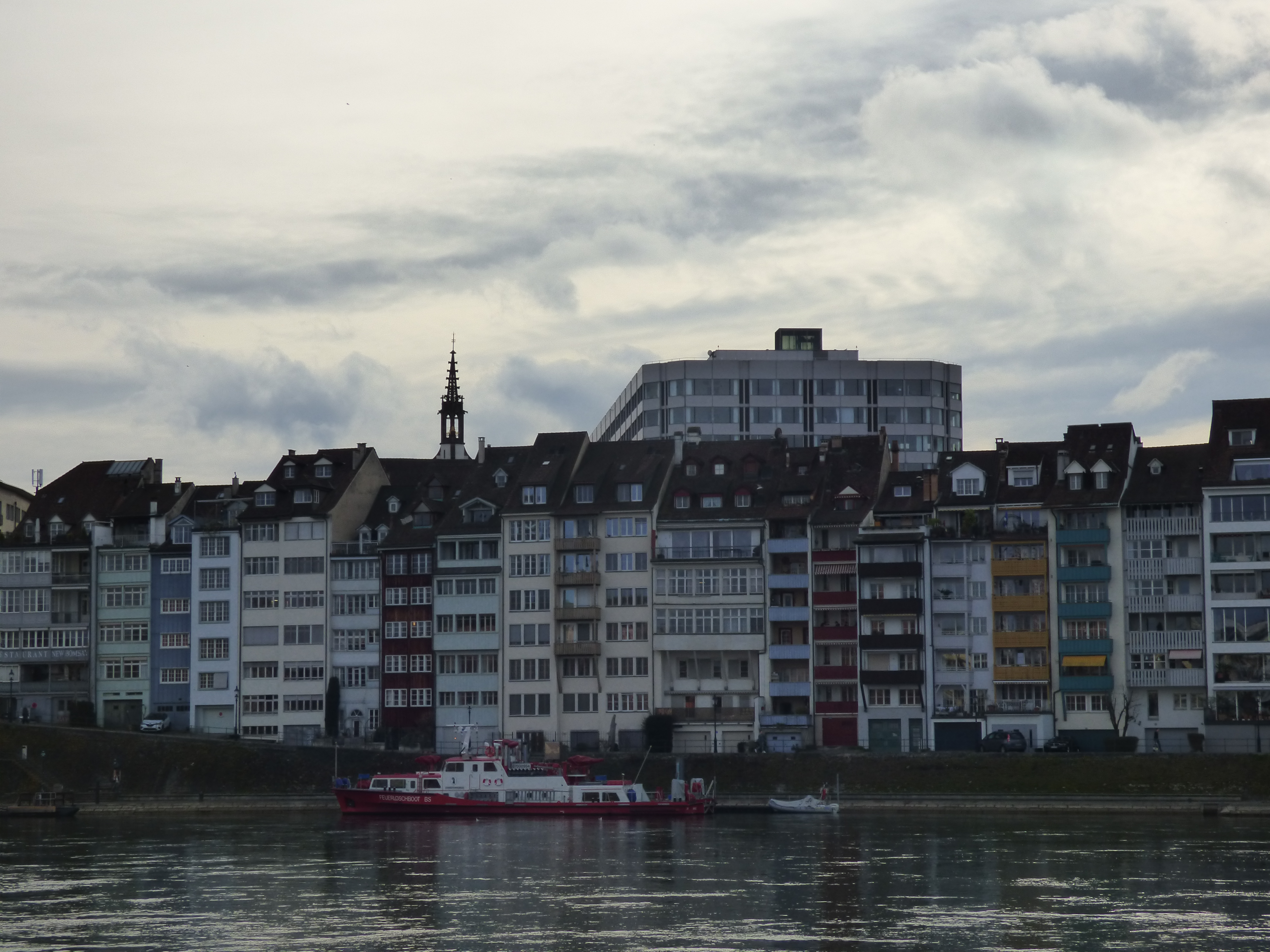
As part of the city’s public transport, there are several ferries that operate between the bridges. These have no motors. There is a guide rope stretched high above the water going from one side of the river to the other. There is another rope with a kind of pully device that lets it slide smoothly along the guide rope. The other end is attached to a wooden pole that the ‘driver’, for lack of a better word, switches to the opposite side for each journey back and forth across the river (I think perhaps this also shifts the direction of a rudder but did not have any visual confirmation). The ferry is propelled side to side by the current pushing past and trying to take the ferry down the river, which it cannot do because of the guide rope. For a more detailed explanation, consider this Wikipedia article for Reaction Ferries.
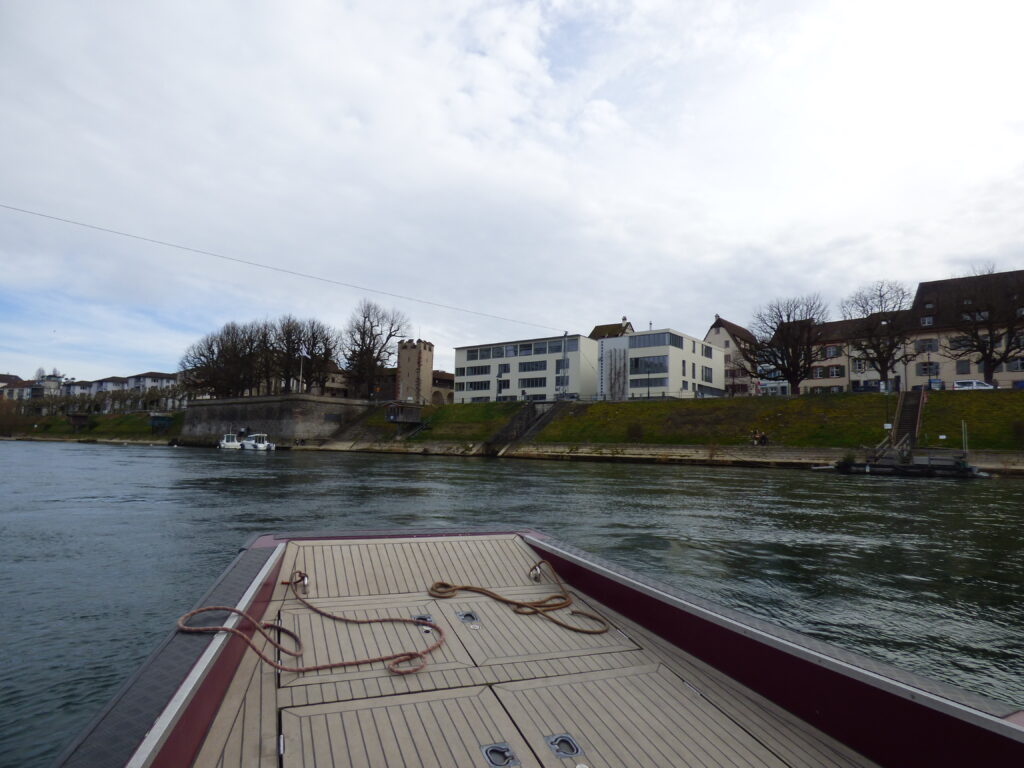
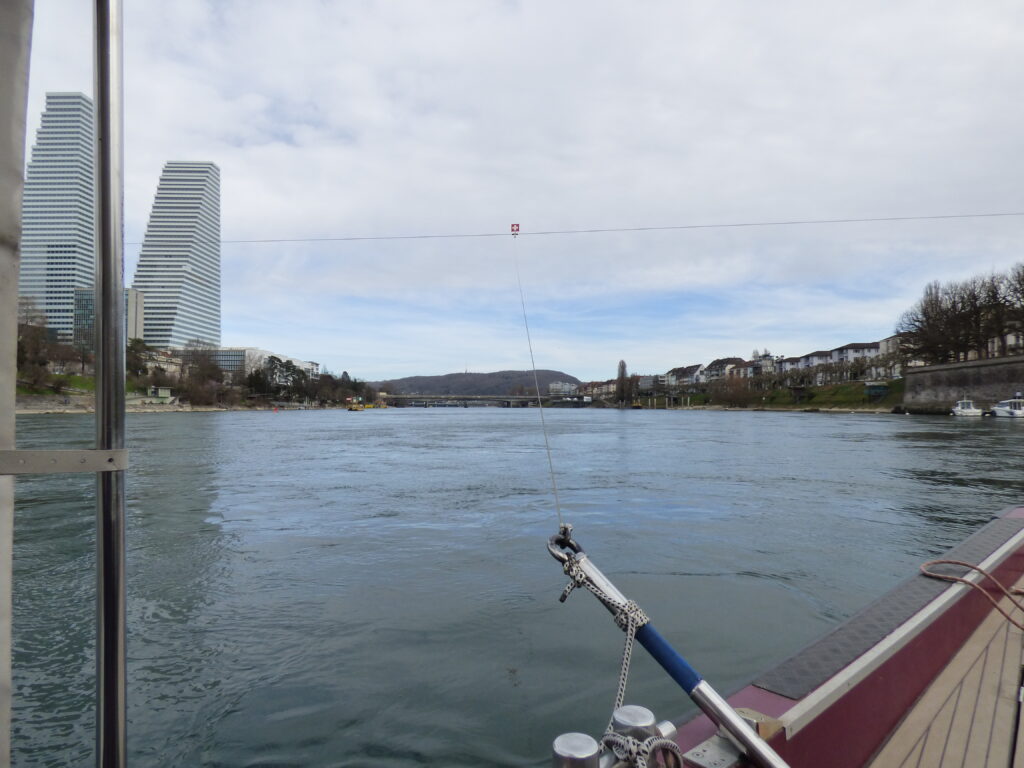
Or, you can just accept the magic of floating across a river in exactly the design you intended to go.
The Münster
The ferry dropped us right off at the Münster, Basel’s main cathedral. Which sounds simple, but actually it was our third attempt to see it – I missed a turn, and then we kept getting waylaid by other interests and distractions. But we had seen the back of it from the river. I love the tile work on the roof.

This seems to be quite common in Basel – you can see the same work on the Spalentor city gate, and along some bridges, for example.
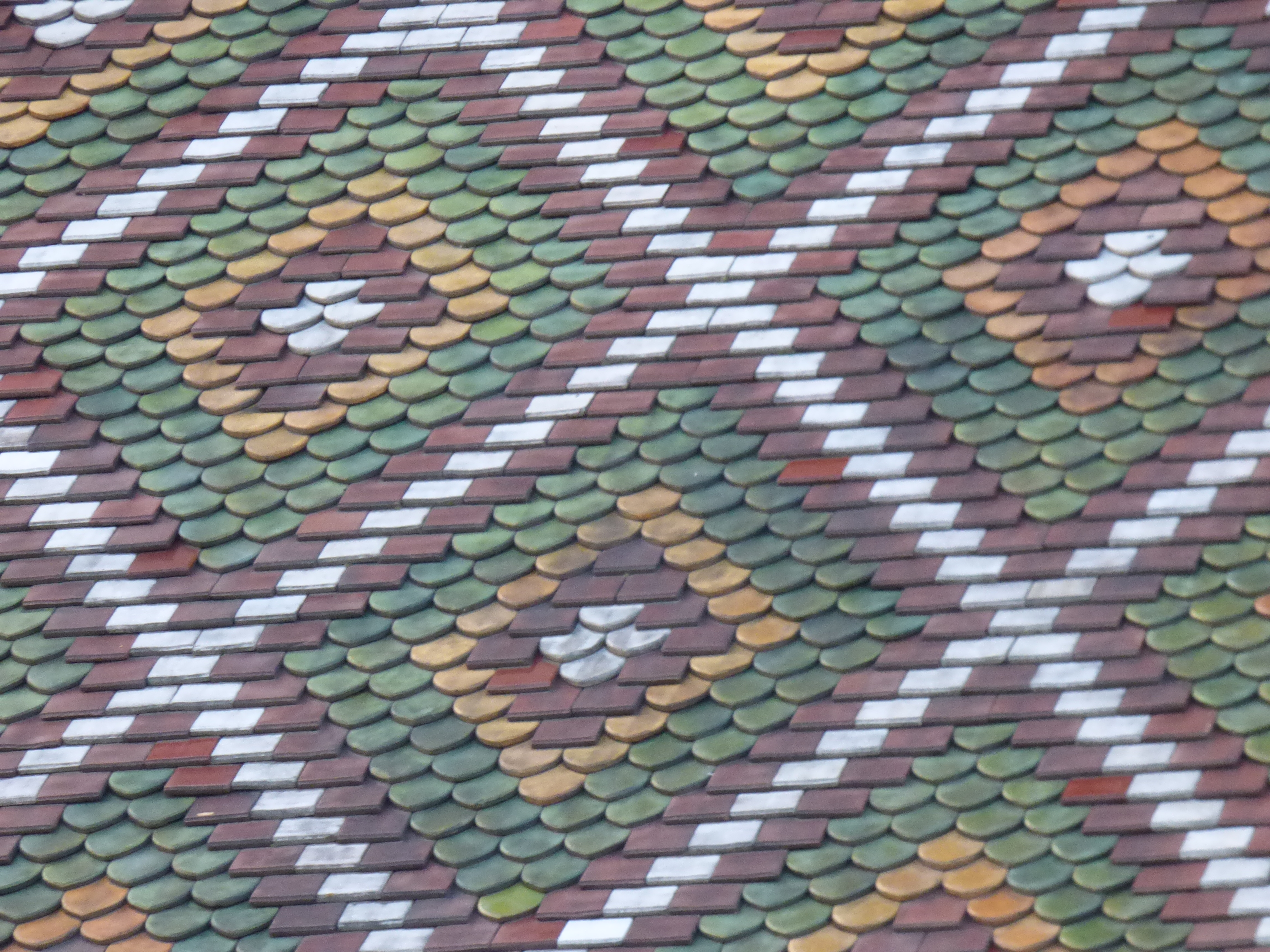
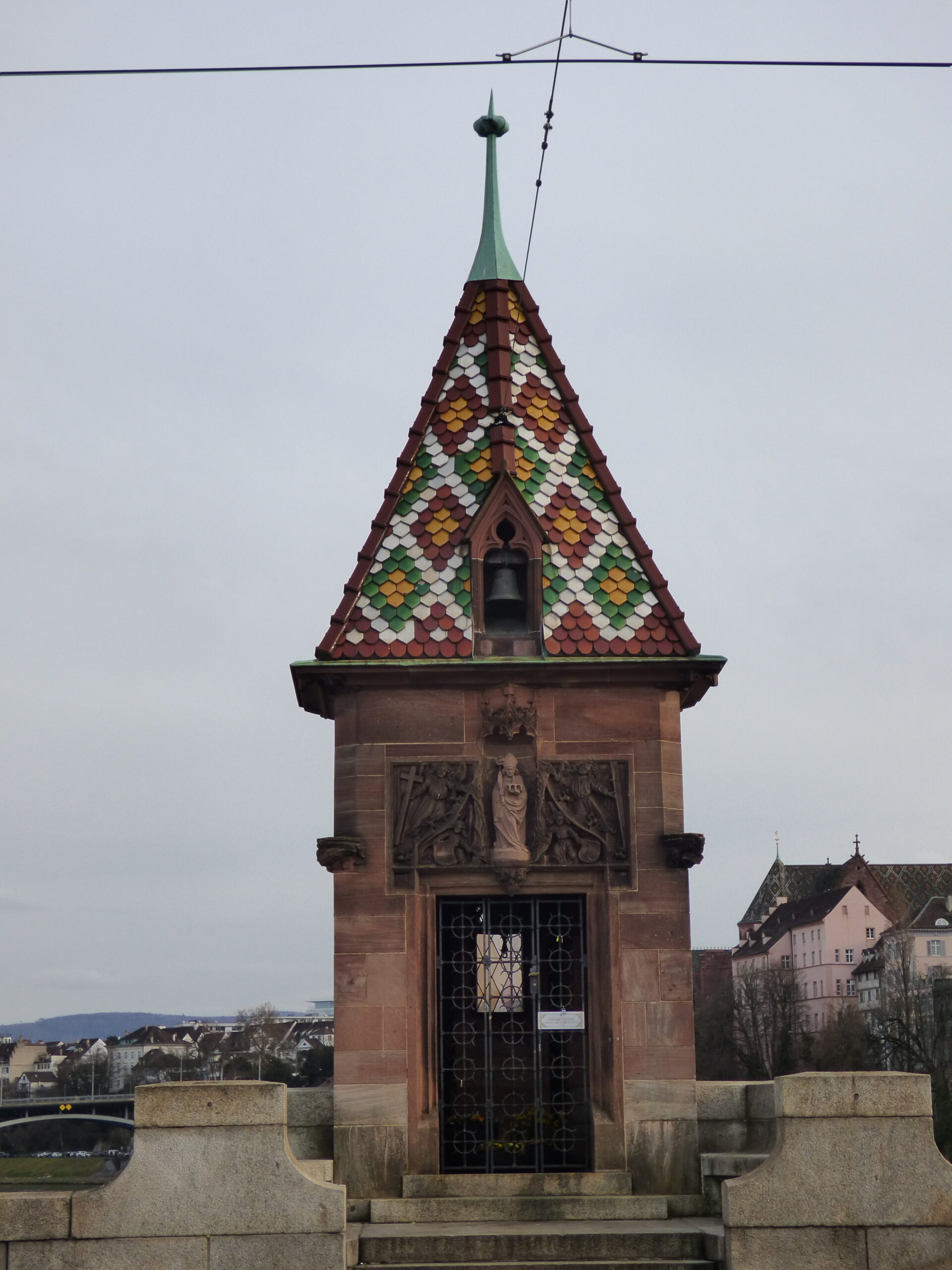
We didn’t actually end up going in because we finally made it there on a Sunday, which is not the day to visit a church for photography.
We also walked past while it was closed another time, so we did get to see the outside a few times. There was a street performer there making huge bubbles that children ran around trying to pop. The big ones the kids couldn’t reach generally didn’t have enough surface tension to actually pop, in the usual instant way. These ones, without warning, would give out, and the top part of the bubble collapsed onto the bottom and it became a swirling wisp, twirled and dissolved by the breeze. Delightful.
Tinguely Museum (and fountain)
We found the Tinguely fountain quite on accident, thanks to my wrong turn. It is a series of different moving water features that make up the whole fountain. Water squirting from the eyes of a rocking statue was perhaps the strangest. My favourite was this small mechanism that looked like a creature, almost a little monkey, scooping tiny amounts of water. (Sadly I cannot find the photo I swear I took, so please enjoy the world’s most ineffective scoop instead.)
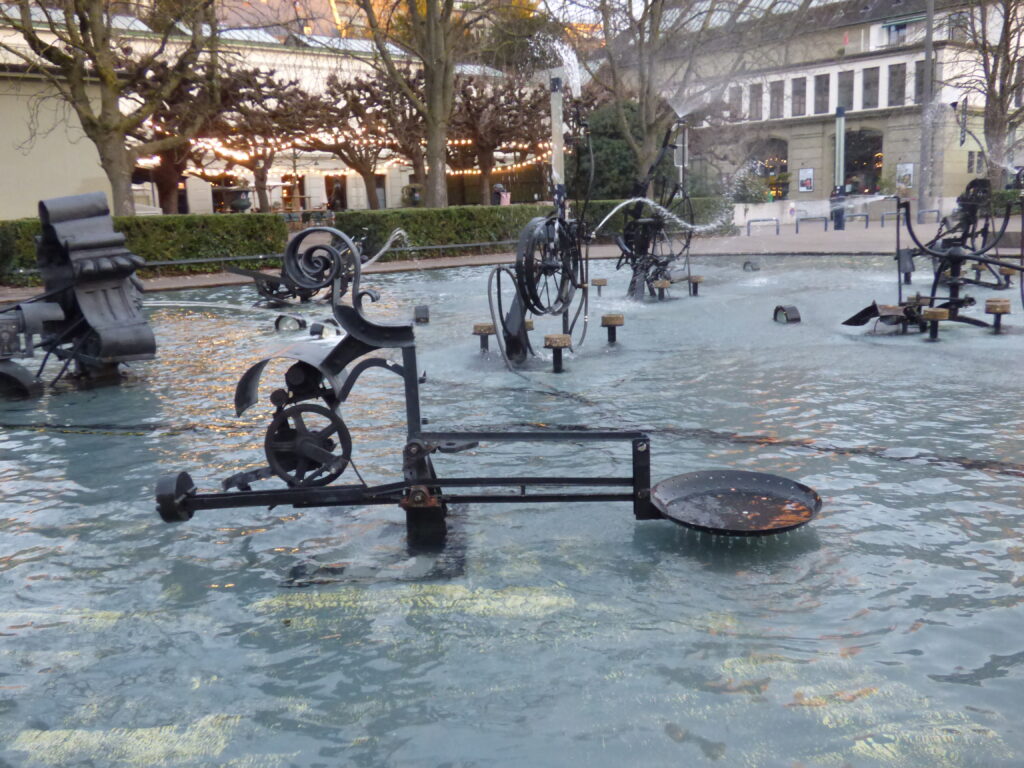
The next day we went to the full Tinguely Museum. There, exhibits are either on timers, moving at random, or connected to buttons that you can press to make them start.
Some were musical machines and others twisted and turned to form different art pieces. It was all quite unusual and very varied.
One room was pitch black when we went in. I was trying to see in the dark to make it start, when suddenly flickering lights turned on and a very loud pump began inflating what appeared to be spiky cartoon style flowers in little pots. Scared the living daylights out of me, but I think S got a good laugh.
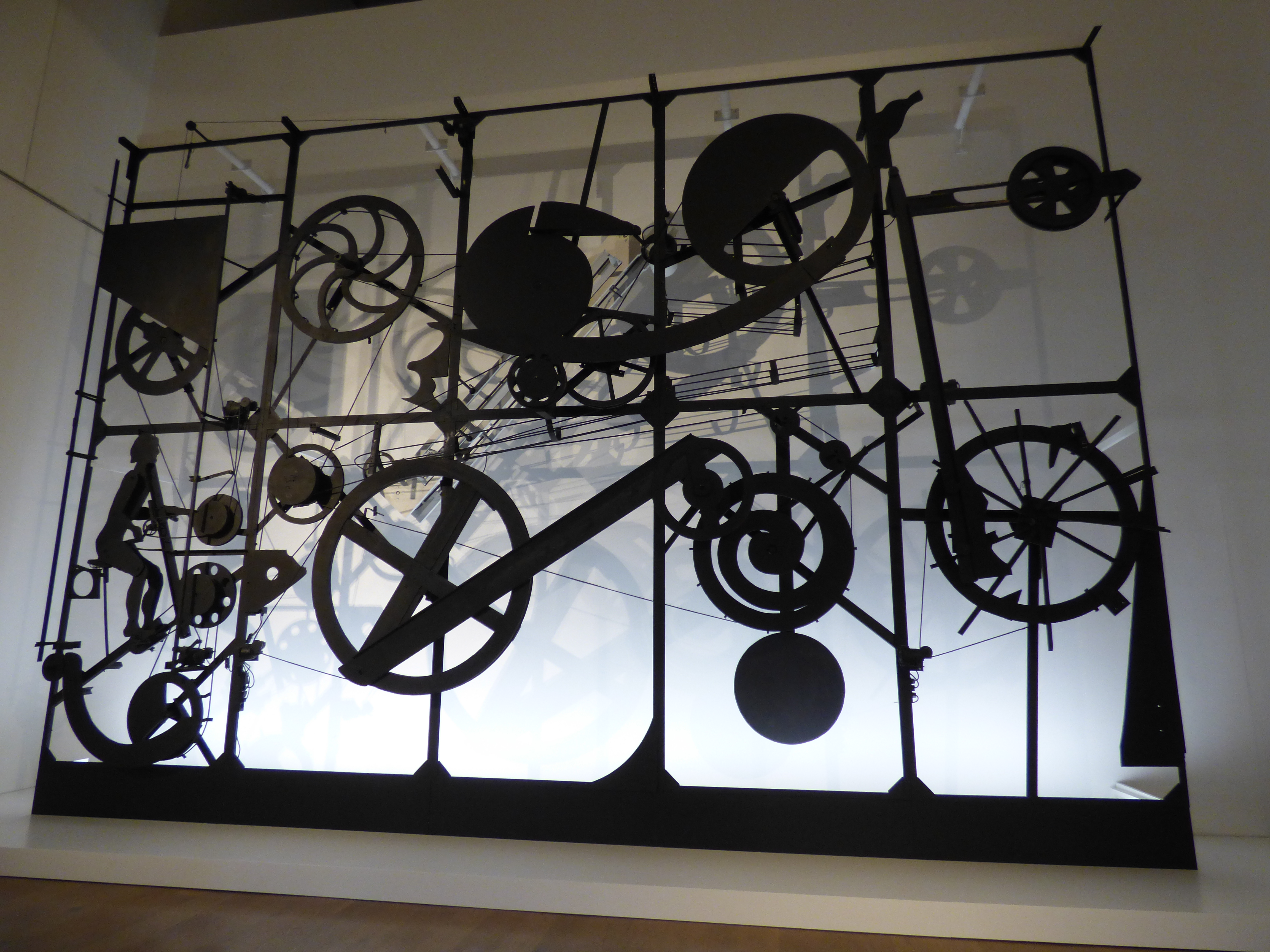
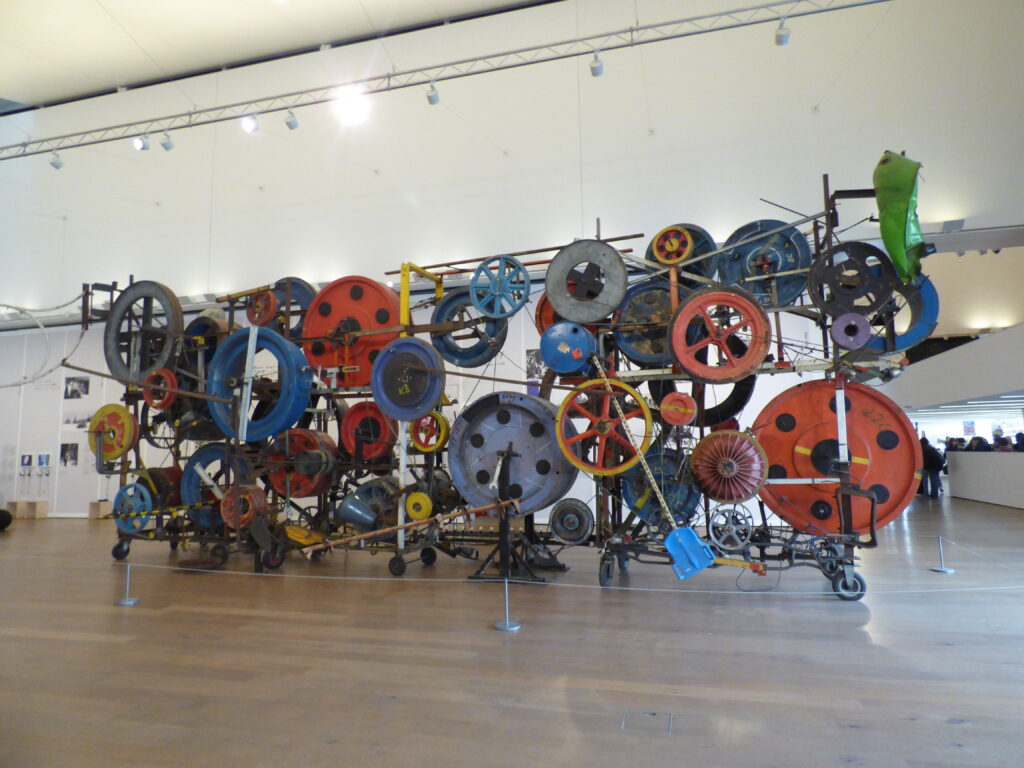
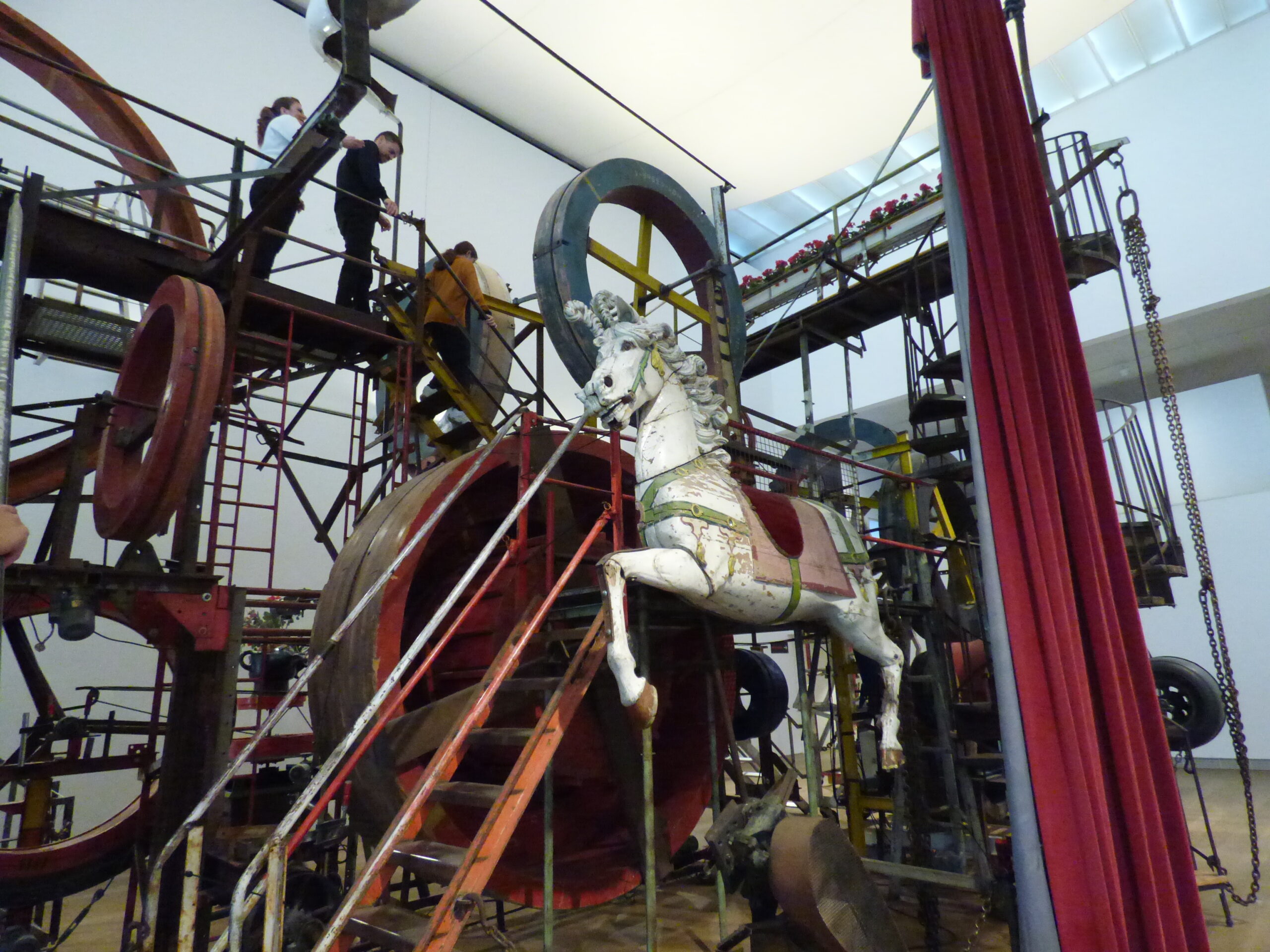
After Tinguely, we visited The Paper Mill Museum – but it was so good, it deserves it’s own post, so stay tuned for that in my next post!
Kunstmuseum
This museum is really an art gallery, and it’s a nice with a big and varied collection. But we went only a few days after our visits to the Musée d’Orsay and the Musée de l’Orangerie, and those are hard to beat. So we didn’t relish this visit as much as we might have otherwise. It houses a large medieval section and a large contemporary section, neither of which seemed to really be for us.
We did get free admission however, as we went on a Sunday.
The University Botanical Gardens
We went to this garden just because it was close to one of the city gates, and things are a little quieter on a Sunday. It had multiple greenhouses/glasshouses, which I adore.
They have an interesting selection – a tiny greenhouse with moss and small plant varieties. Then they have a big branching greenhouse. Their tropical/hot house section is so hot- instant fogging of my camera lens that I could barely keep ahead of. There’s also a spiral staircase so you can look over the tops of all the rainforest plants here, and it was impossible to get fog free photos! After, there was a dry, pleasant area for cacti.
The garden also had a stump of petrified wood. It is also the season for crocuses in both Switzerland and France, and I have enjoyed their wild growth immensely. In general, European wildflowers are just nicer- more vibrant and abundant than I am accustomed to, no doubt due to the amount of rain around here.
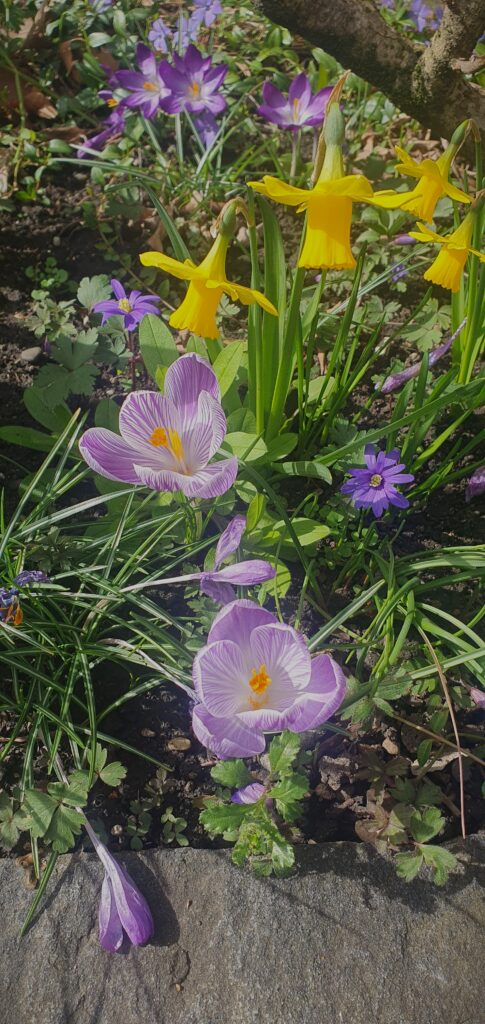
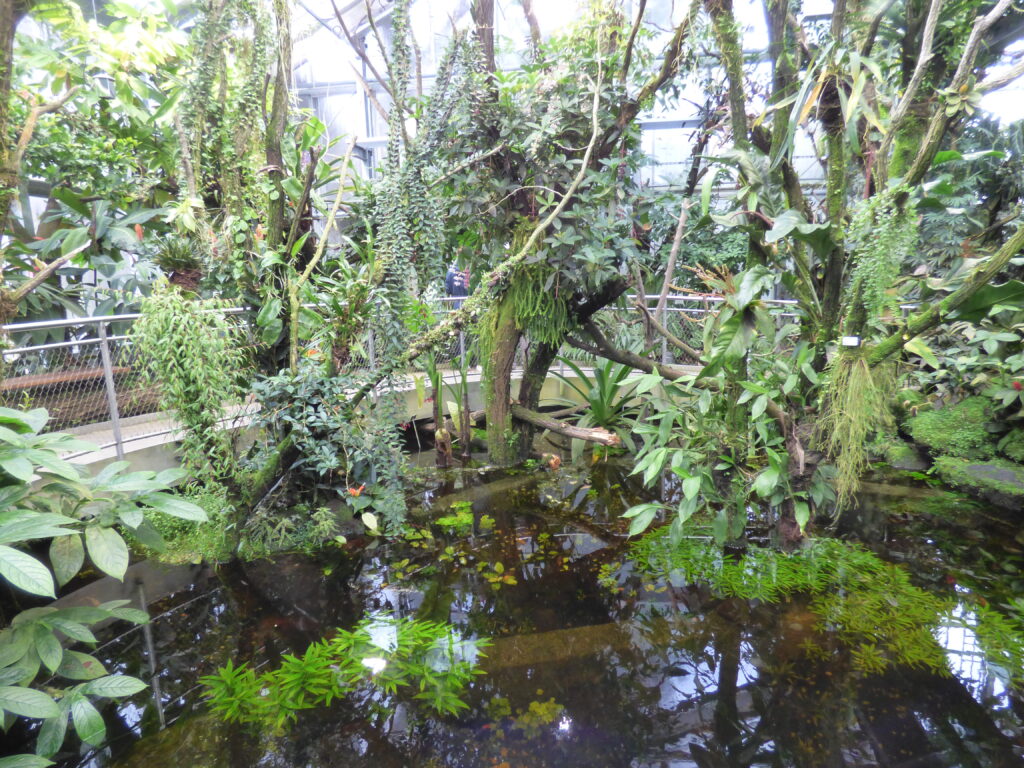
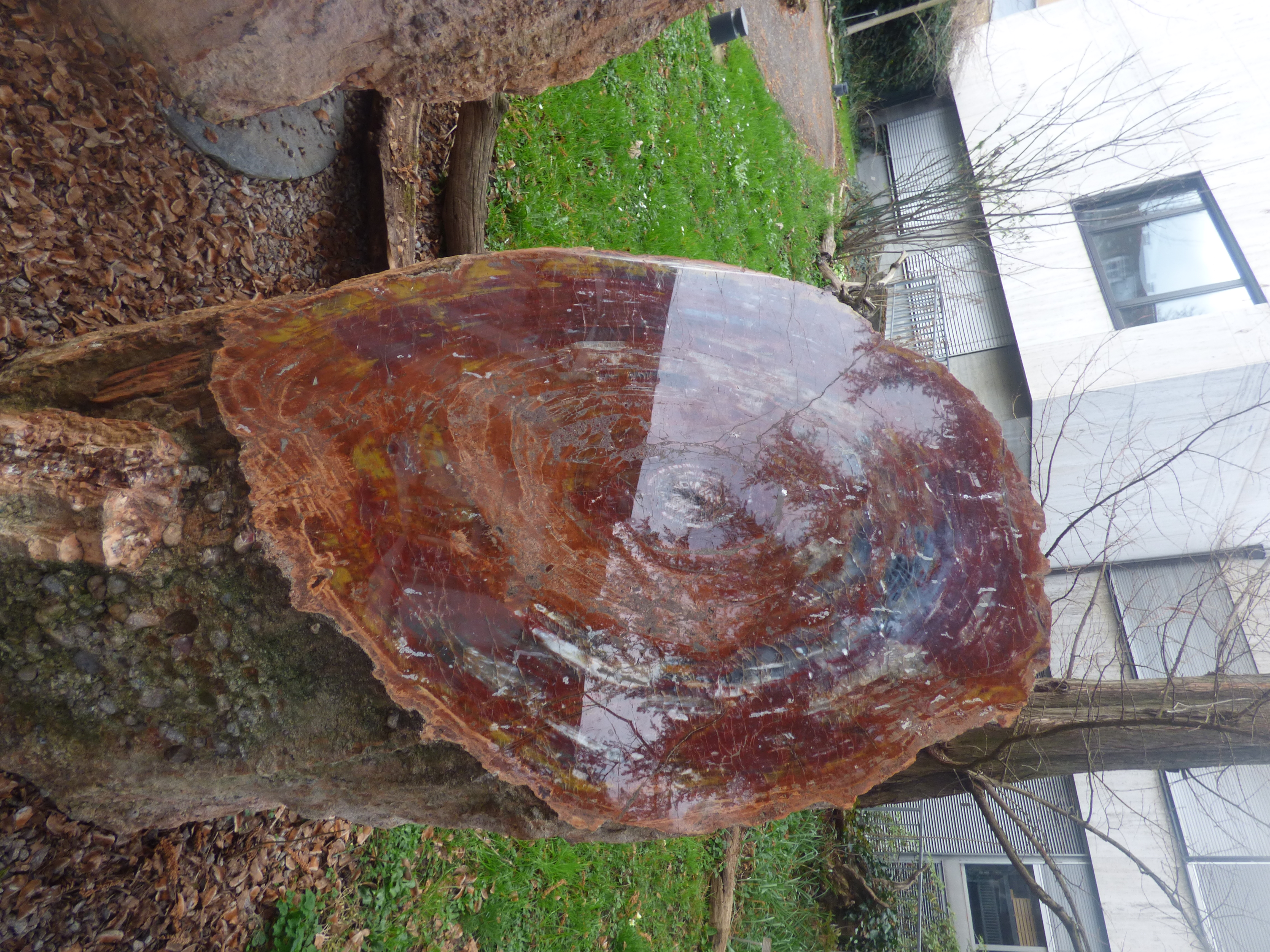
The “Pocket” Museum : Hoosesagmuseum
The Pocket Museum could very well be the smallest museum in the world. It depends on your definition of museum – it is considered to be the smallest museum in Basel.
It’s only the size of a window, a box mounted into a window or perhaps a door panel that you can peer into as you walk down the street. The exhibit changes every few weeks, and people send in all sorts of collections for display.
The exhibit we got to see was a miniature representation of the Fasnacht Festival. Tiny masked figures set about a town scene, with giant (compared to the figurines, but still small) lanterns between them in parade.
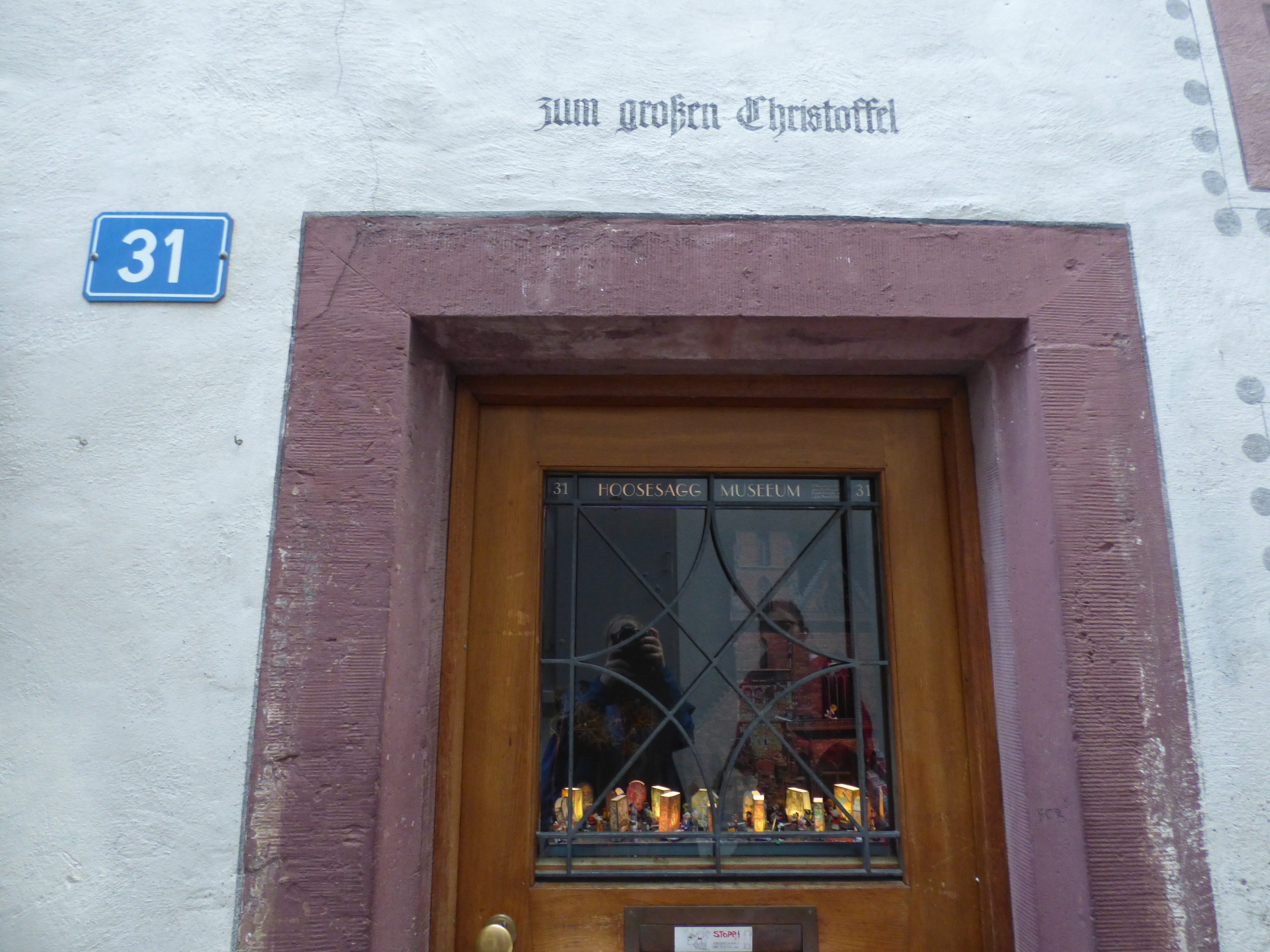
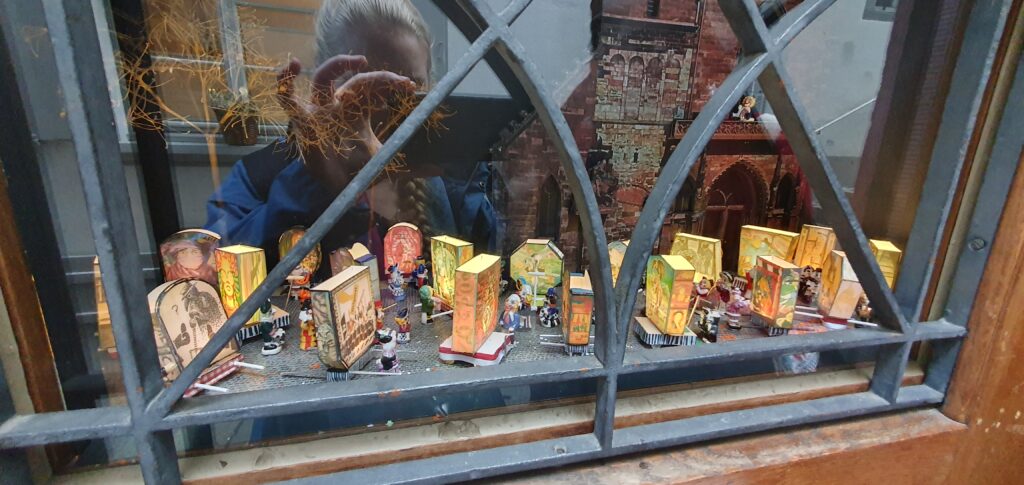
The festival was a couple of weeks ago, confetti still littered across all the cobblestone streets, caught in the gaps. And every Sunday for three weeks after, there are roaming marching bands that break off into sections down little streets, presumably re-joining at other points. We must have seen at least 300 flutists, 300 drummers, and maybe 150 trumpet players throughout the day!
Other Delights
We also tried raclette with H&E, the family friends hosting us for this part of the trip! Raclette is a kind of cheese that is meant to be melted. There are small grills where each person gets their own single-slice sized pan that they place on the warmer until the cheese is melted enough to their taste. Then you scrap it out over slices of boiled potato, and top with salt, curry powder, or a dedicated spice mix they have here.
This is a bit different to the famous cheese fondue which you are meant to have with bread, and which I still have yet to try. Raclette was higher on my list, however, as the fact that I hadn’t tried it was unthinkable to some of my students!
On our last morning in Basel, we took a walk, just for joy, to Germany.
The border is less than a thirty minute walk from where we were! So away we went, just to say we’d done it. Forgot our passports – France at least almost never checks and there is no passport stamping when you move from one Schengen country to another. But they do sometimes do spot checks at some of the borders because while Switzerland is part of the Schengen travel zone, it is not actually part of the European Union.
Of course, that meant we got stopped at the German border briefly. Thankfully, they accepted photos of our passports, and I showed some other ID (Australian and French), so we didn’t have to go all the way back without achieving our goal.
We were not in Germany for longer than ten minutes, because we were on a clock for our train plans. So we walked a little bit through the town and then over to the “3 Country Bridge”, than crosses the Rhein and joins Germany to France. We crossed to France without any checks, and walked down the other side of the river, in France, before re-entering Switzerland, after about another thirty to forty minutes (again no checks).
We would have been completely without hassle if we’d taken the circuit the other way or even walked on the other footpath! But you don’t know these things ‘til you’re caught out!
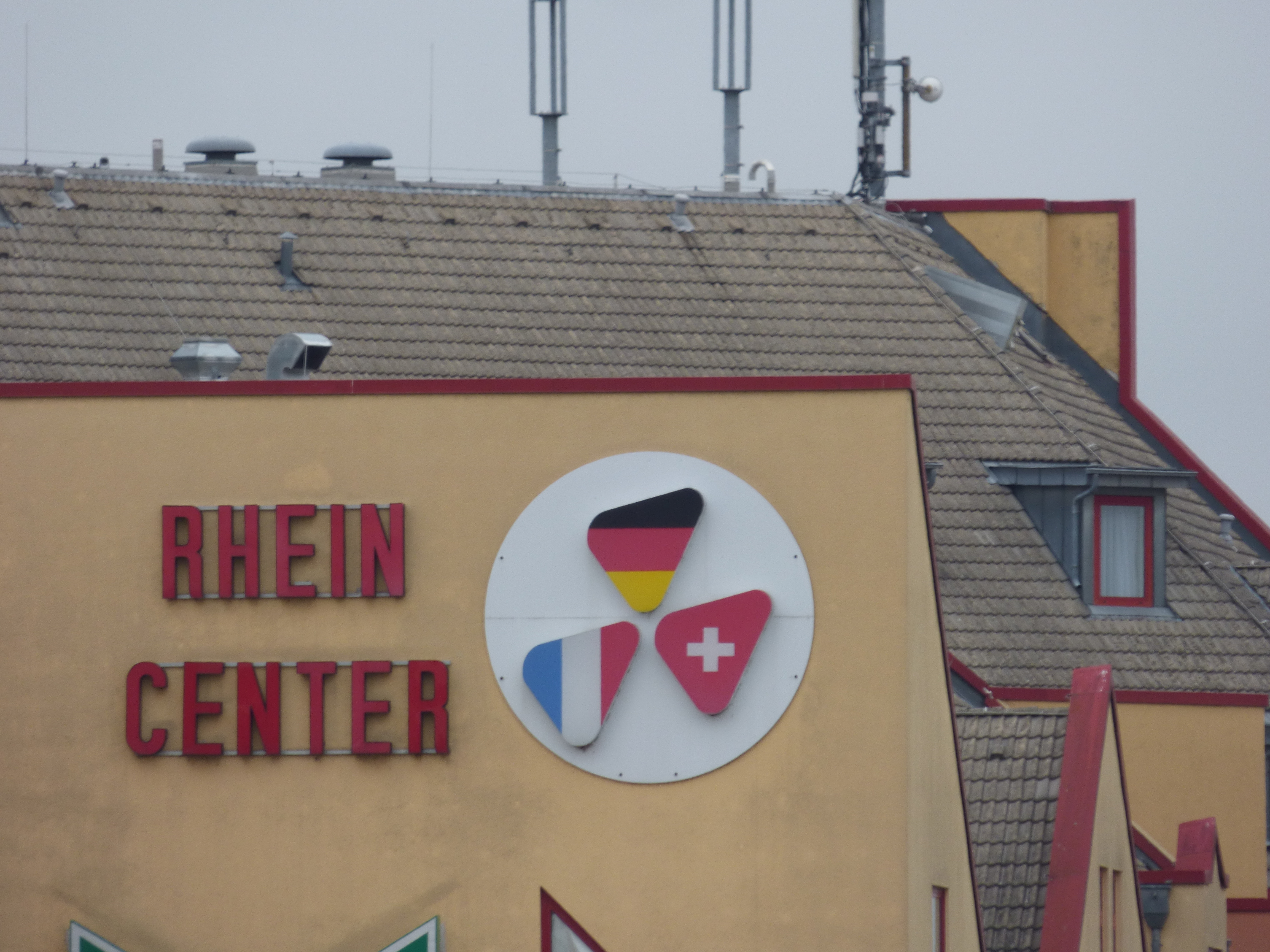
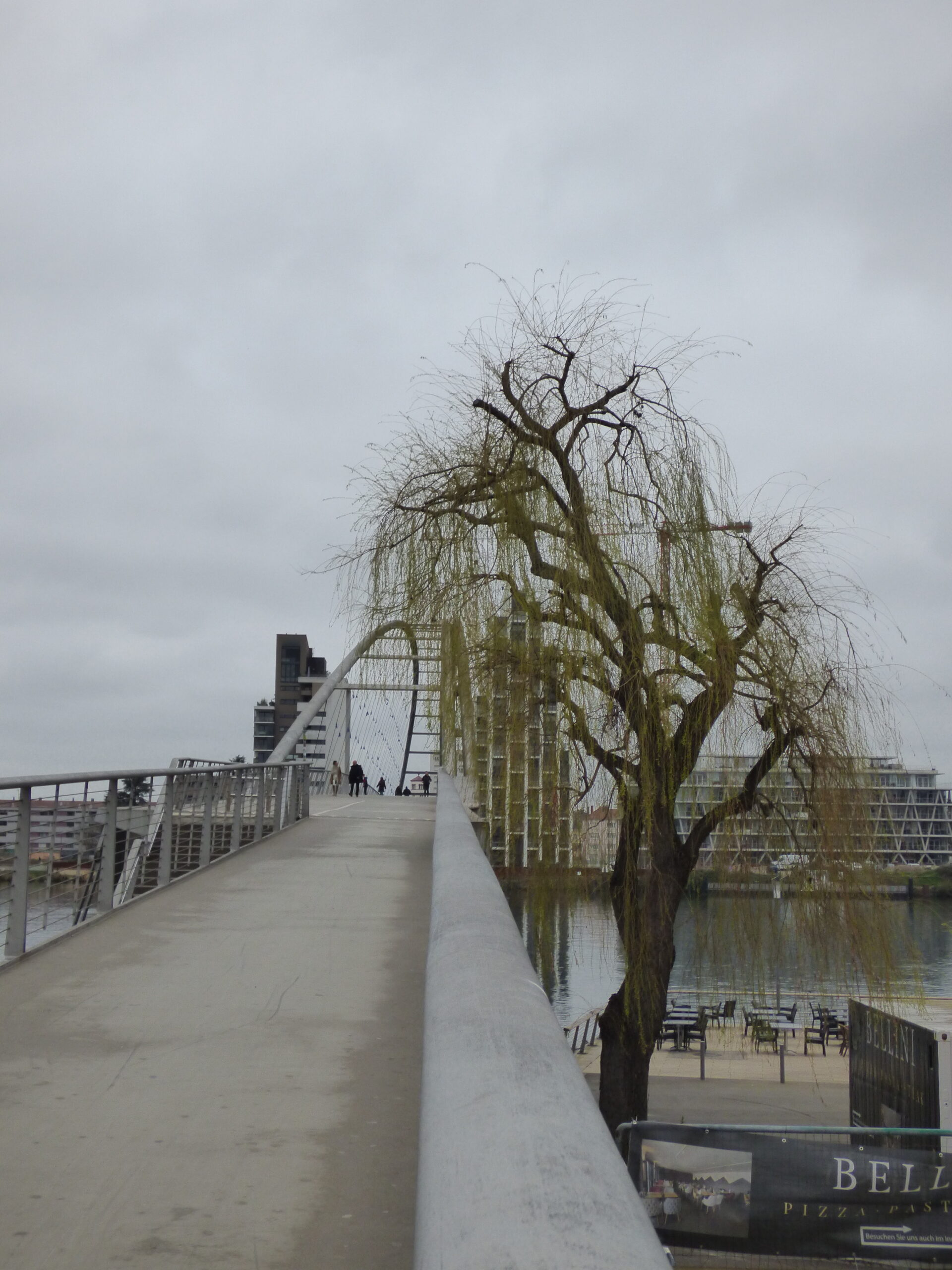
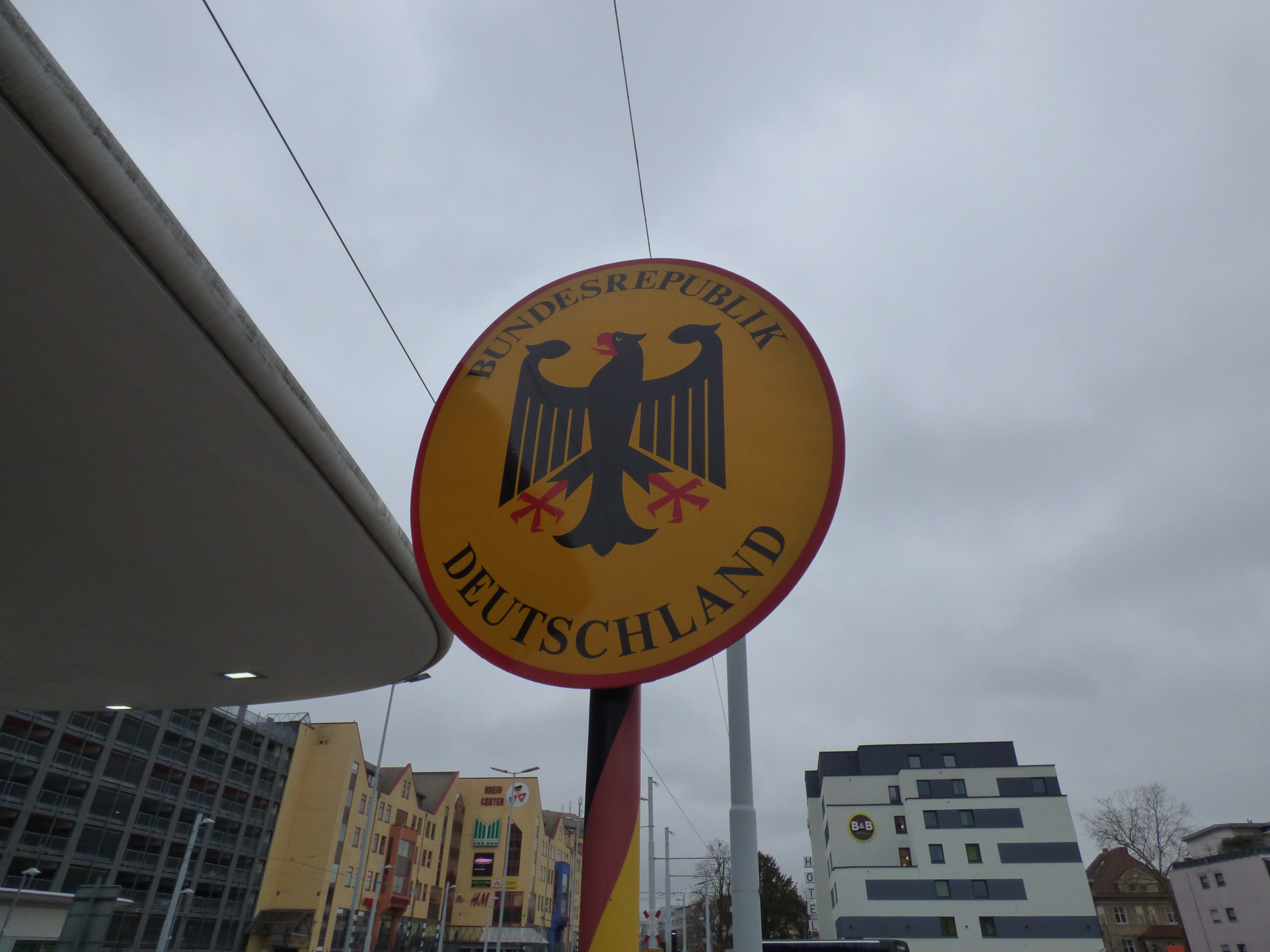
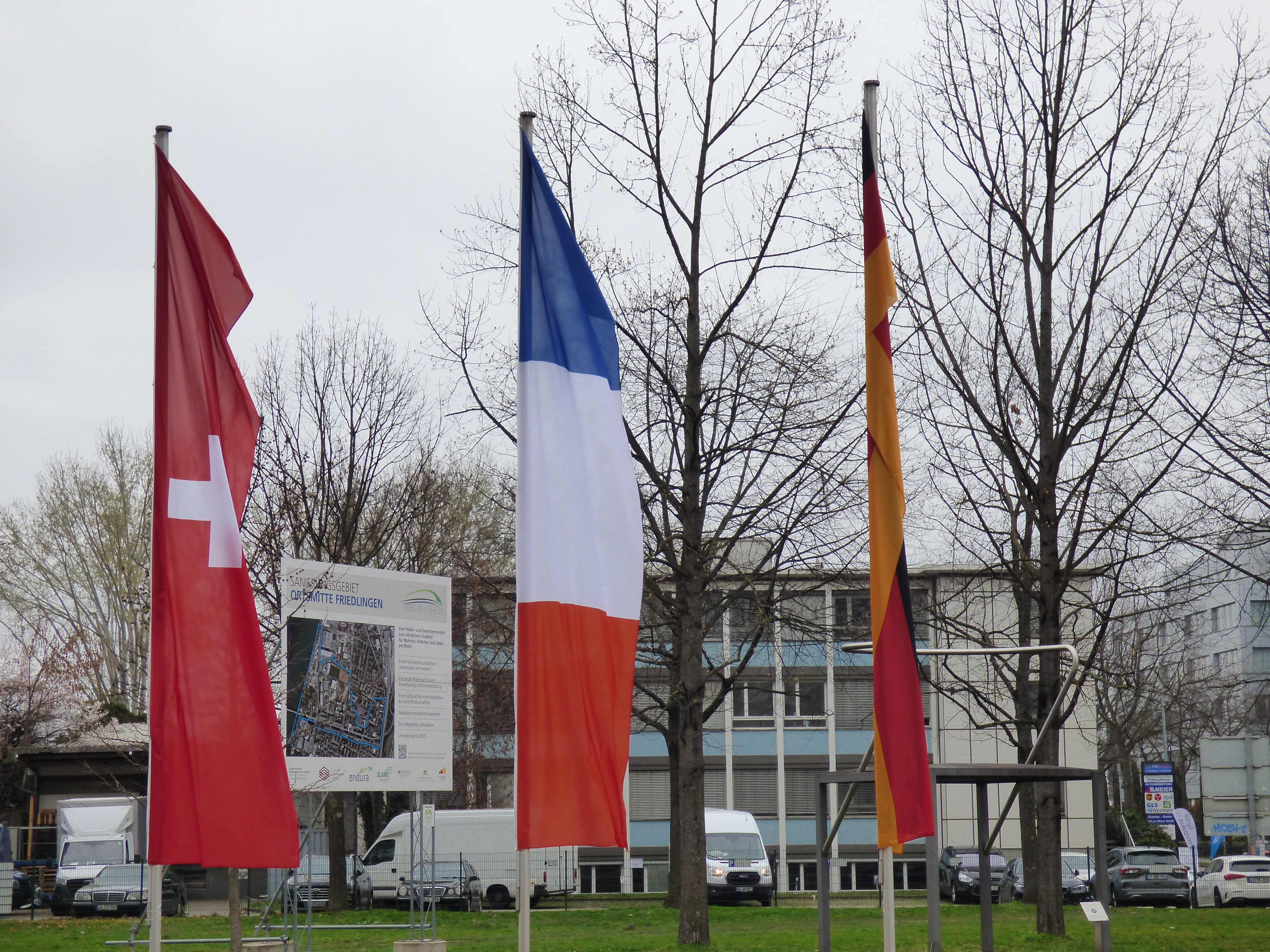

Bern & Geneva
After Basel, we spent several days in Bern, and one night in Geneva (as there is, somehow, no direct line between the capital of France and the capital of Switzerland?). Originally, I had thought I was going to give them their own post, however my relevant journals are in Oz, and I think I have less to say about it.
Bern is Switzerland’s quiet capital. We had the option to go to Bern or to Zurich, but I am told that Zurich is busy and industrial. We are not busy and industrial people; I planned accordingly. But I did get a bit caught out. I had planned for us to visit the Gurten, a peak near the city that you can take a funicular to the top of, and they usually have a few shops and attractions. Somehow though, I had managed to line it up with the only four days of the year where the funicular AND the usual replacement buses were down, and everything up the top was closed. We wandered the Old Town, saw the clock tower from 1405, and enjoyed some good hot chocolates. We sat next to bronze Einstein, and looked out over the whole city. Things didn’t go to plan and we took it easy. Sometimes that’s just how it goes. It was also just nice to walk the streets – it’s a very pretty capital.
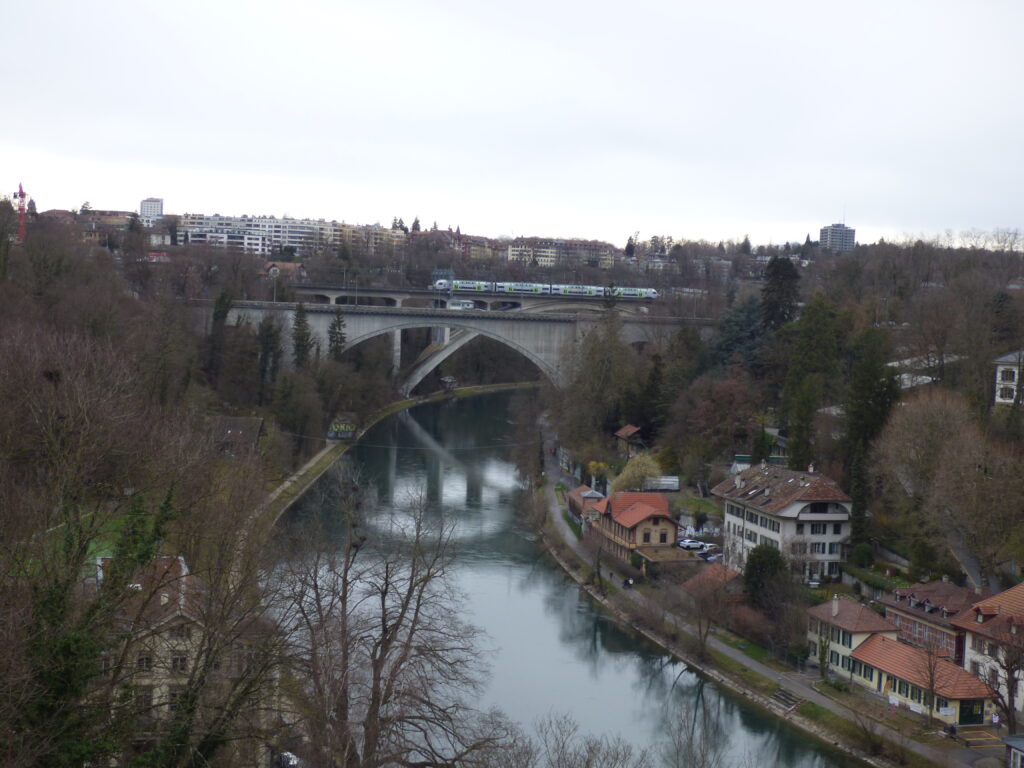
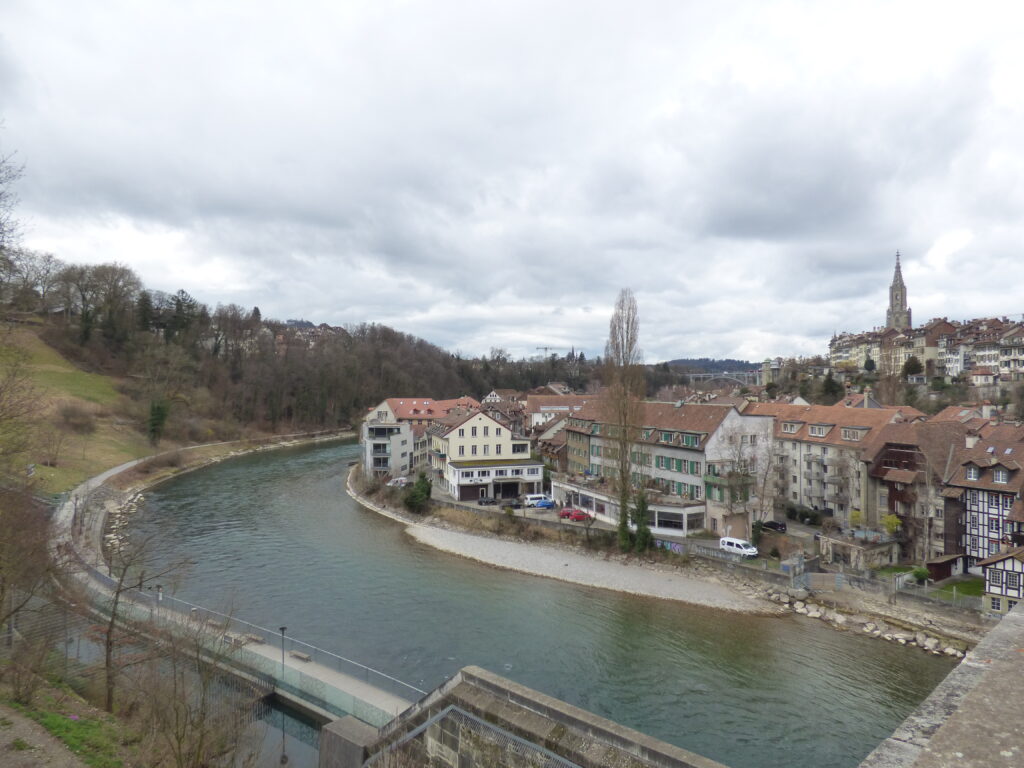
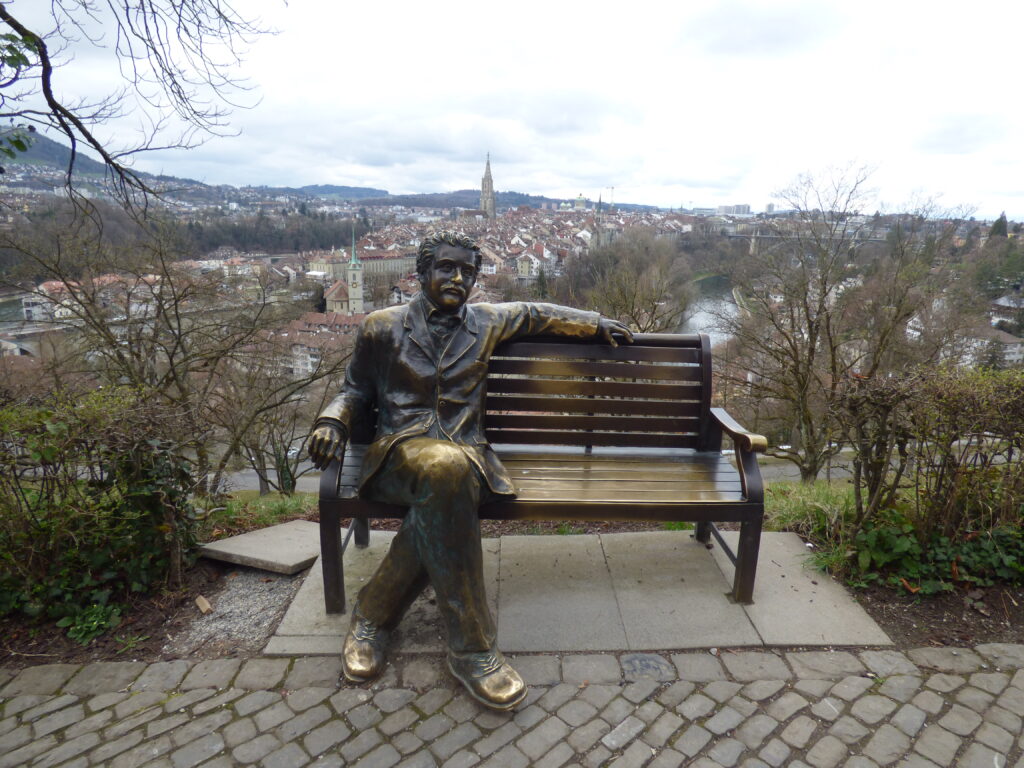
After that, there was one night in Geneva, which I did quite enjoy. We got a transport pass included as part of our hotel stay, which meant we could spend the evening taking an unnecessary number of ferries back and forth across the lake (S indulged me that evening as I think I enjoy the ferries much more than she does). On the lake, there is the iconic fountain, and then around the lake there is the Brunswick Monument, the Flower Clock, and we also walked to a little island, Ile Rousseau.
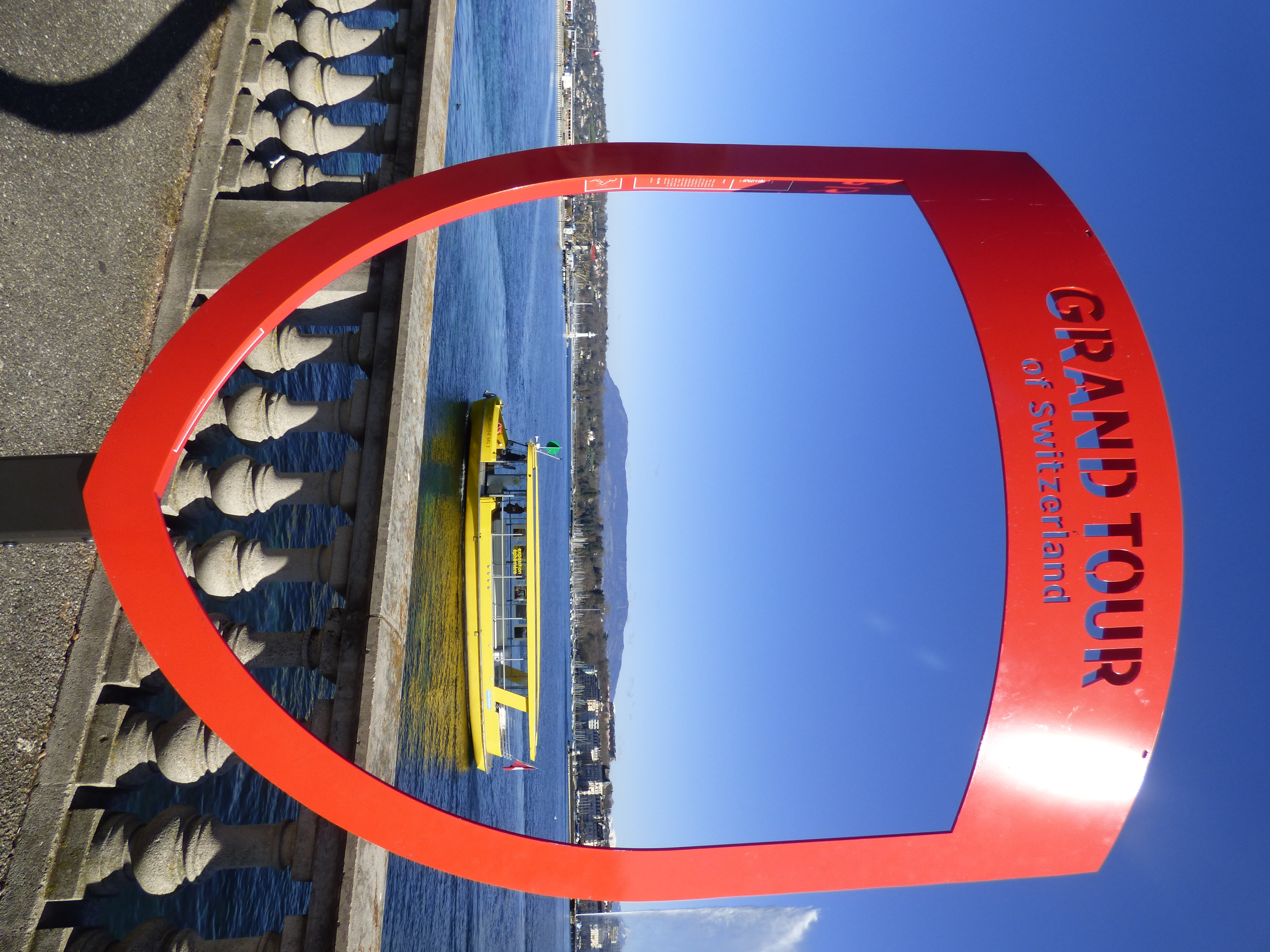
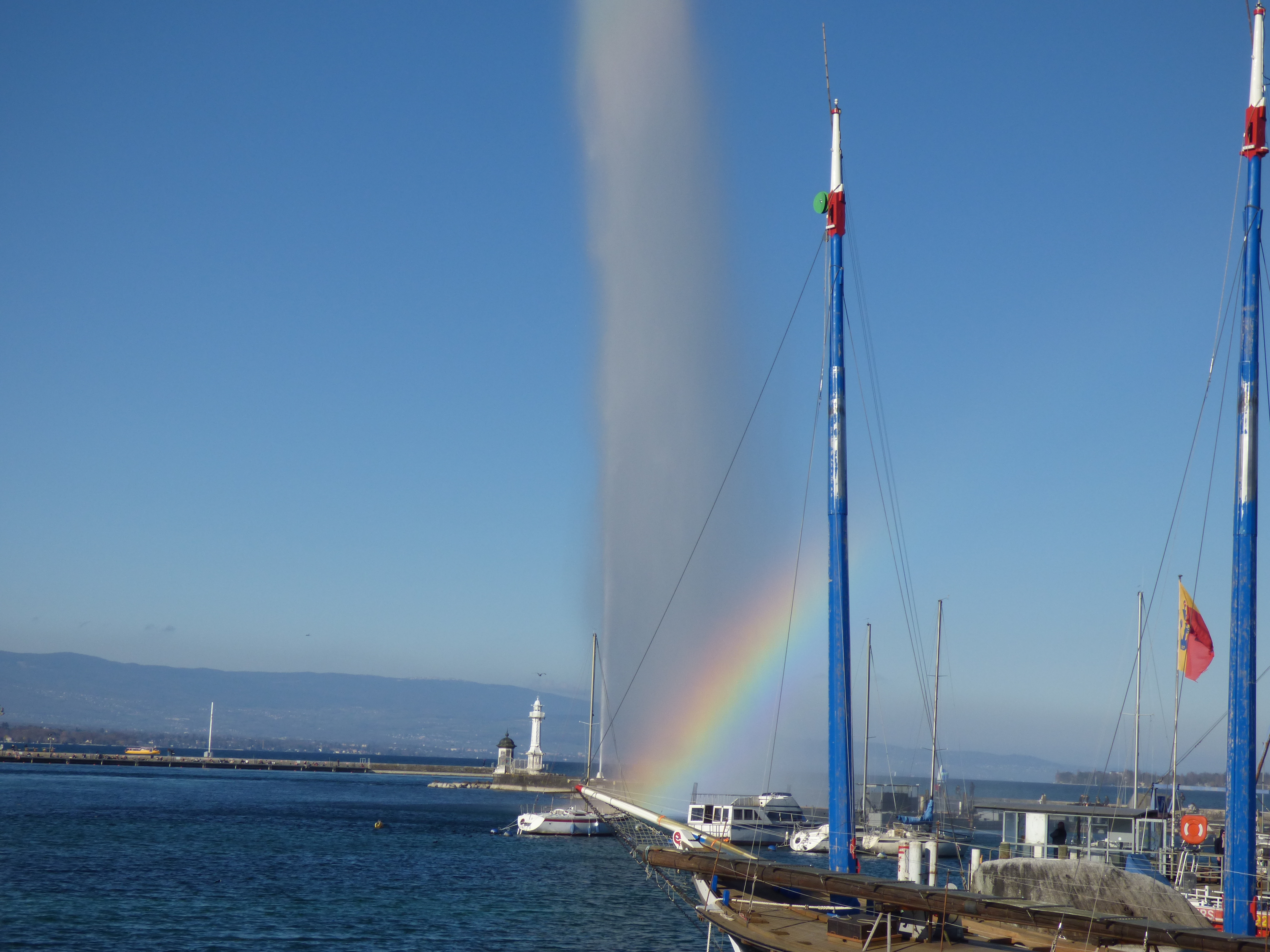
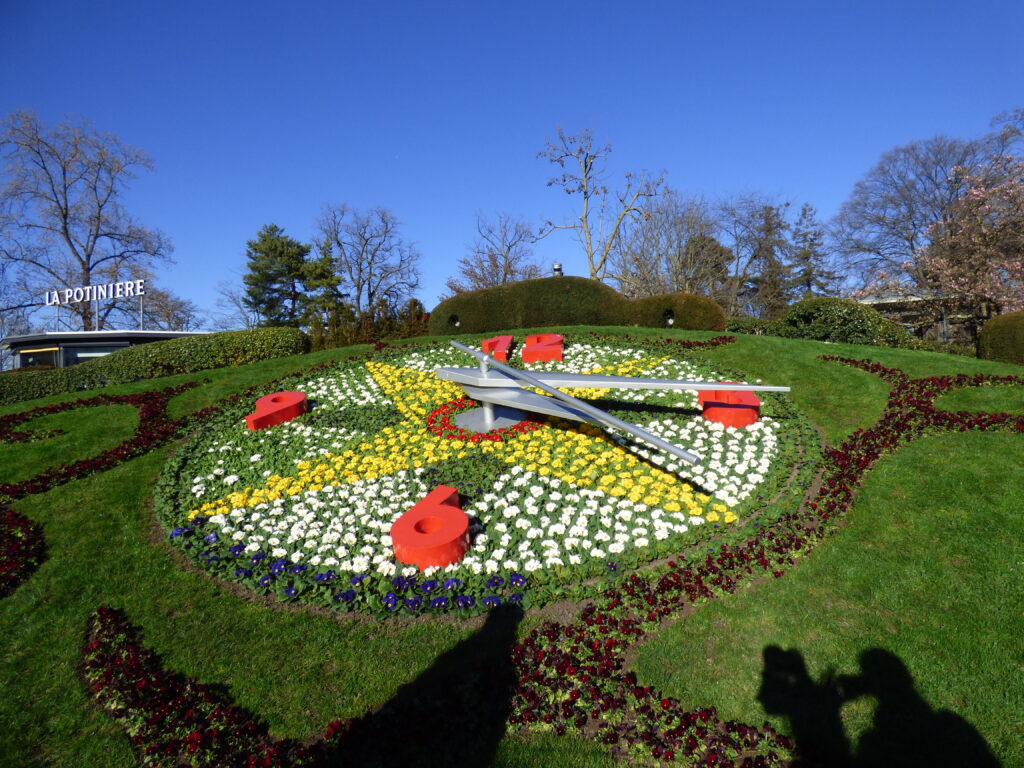
I hope you’ve enjoyed this late little look-back. Up next, we’ll take a deeper look at the Paper Mill Museum in Basel, an absolute favourite from the trip!
